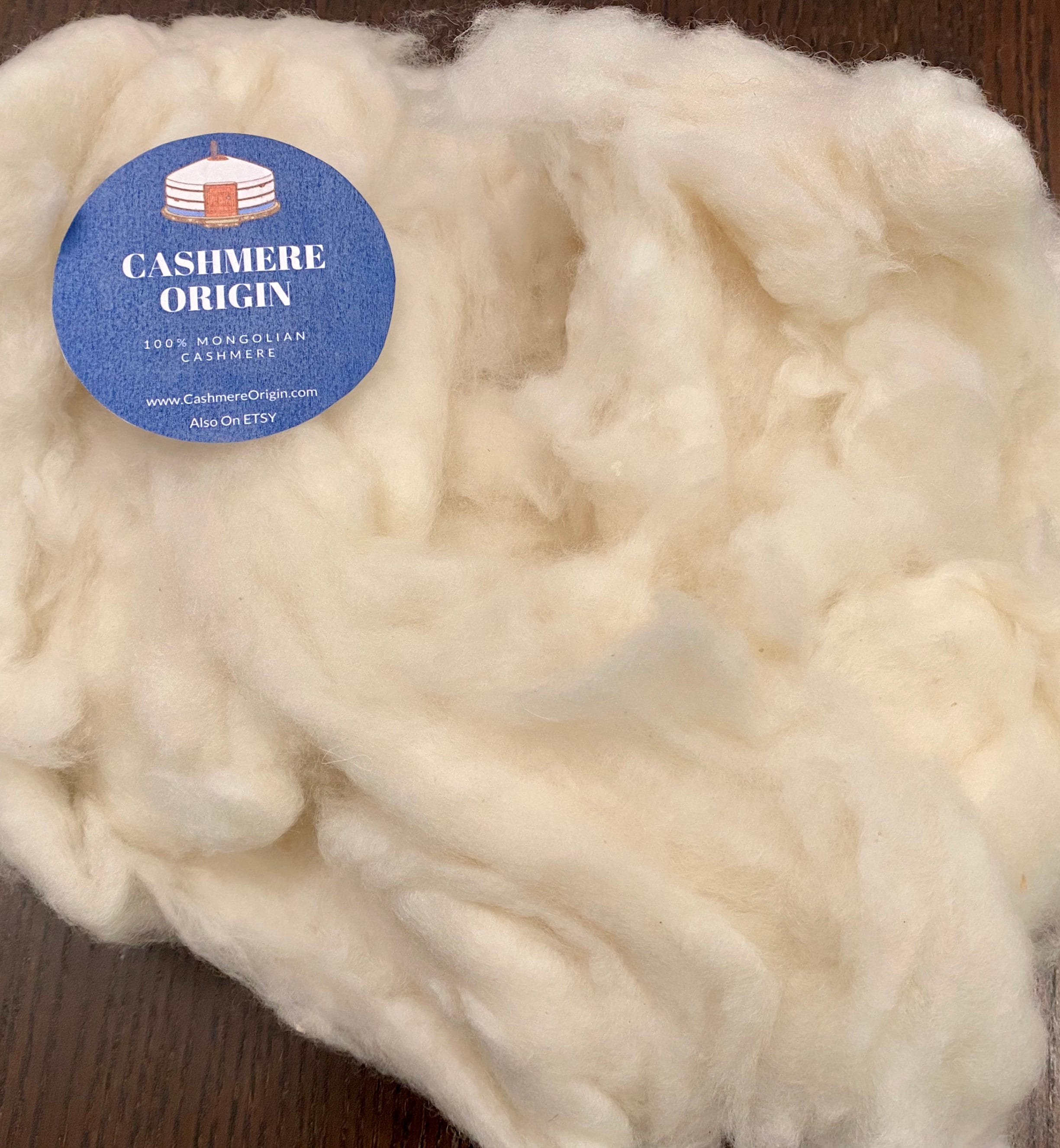What Material Is Cashmere? Understanding Its Distinctive Characteristics and Uses
Wiki Article
Reasons You Should Need Cashmere an All-natural Fiber for Comfort and Style in Everyday Wear
In the realm of fabrics, few fibers rival the luxury and convenience of cashmere. This distinct product, known for its premium softness and insulation, provides exceptional comfort and beauty for daily wear. But what establishes it apart from other fibers? Exactly how does it affect the environment and exactly how does it contrast to synthetic choices? Exactly how can one best utilize cashmere to boost their design? These interesting inquiries lay the structure for an enlightening expedition right into the globe of cashmere.Understanding the Luxurious Nature of Cashmere

Evaluating the Comfort Element of Cashmere Clothes
What high qualities underscore the convenience element of cashmere garments? The softness of cashmere is the first top quality to consider. Its luxurious texture makes it feel like a second skin, giving warmth without the weight or itching connected with other wool items. Cashmere's distinct fiber framework allows for breathability, regulating temperature level and preventing getting too hot. The product's flexibility and longevity make certain that it molds against the body pleasantly, preserving its shape gradually. Cashmere's hypoallergenic residential or commercial properties also contribute to its convenience, making it an ideal option for sensitive skin. Lastly, the ability to layer cashmere pieces without thickness increases the comfort element. Basically, the convenience of cashmere is derived from its soft qualities, breathability, sturdiness, hypoallergenic nature, and flexibility.
The Environmental Influence and Sustainability of Cashmere
While the comfort and beauty of cashmere are definitely enticing, it's just as crucial to consider its partnership with the atmosphere. Cashmere production, primarily in Mongolia and China, entails increasing cashmere goats, which can significantly strain delicate meadow ecosystems due to overgrazing. This can bring about desertification, a pressing ecological problem. The handling of cashmere, entailing cleaning and dyeing, can also add to water contamination if not properly handled. However, initiatives are being made to develop lasting cashmere production approaches, such as rotational grazing and cleaner handling techniques. While cashmere has ecological effects, its sustainability greatly depends on manufacturing practices.Comparing Cashmere to Synthetic Fibers: A Cost-Benefit Evaluation
Regardless of its ecological difficulties, cashmere presents a distinct set of benefits over synthetic fibers. Cashmere's natural fibers provide unrivaled soft qualities and heat, converting into comfort that synthetic fibers struggle to match. Unlike is cashmere a natural fiber artificial fibers, cashmere doesn't contribute to microplastic air pollution, making it a much more sustainable selection.Styling Tips With Cashmere for Everyday Sophistication
Having considered the cost-benefit analysis of cashmere contrasted to synthetic fibers, it ends up being clear why this lavish product is a popular selection for many. When styling cashmere for daily beauty, simplicity is crucial. Eventually, the integral elegance of cashmere makes it a flexible enhancement to any kind of closet, easily improving day-to-day attire with a touch of high-end.

Conclusion
In addition, cashmere's sustainability and reduced environmental effect contrasted to artificial fibers even more improve its allure. Investing in cashmere garments is a worthwhile decision for sustainability, convenience, and design.
Report this wiki page